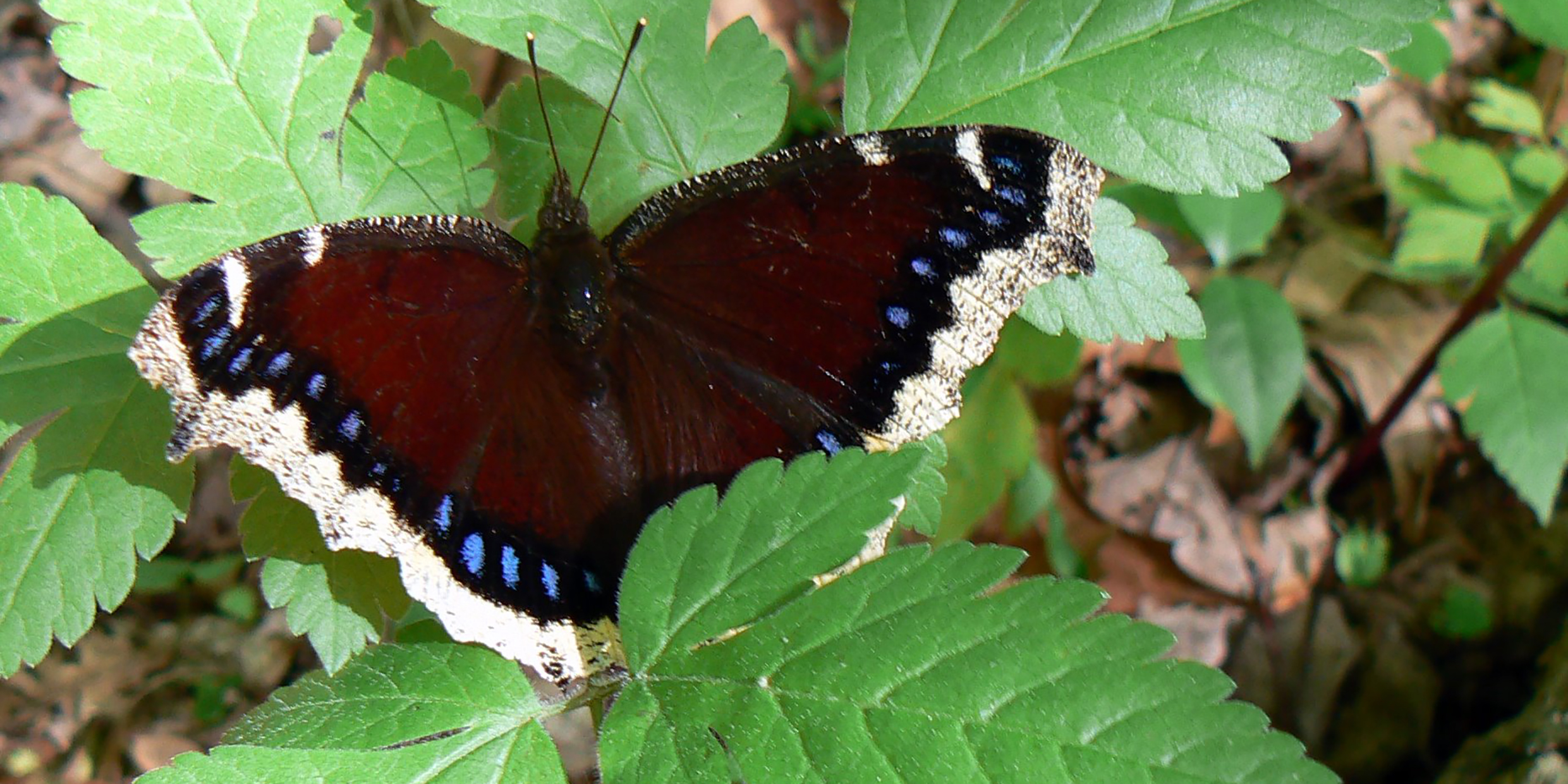Originally published 27 April 1992
“I have that haunting feeling that spring this year again performed all her old tricks and showed me just how life is made and what it is made of, but her hand has such sleight and she so distracts the attention with waving green scarves and birds let loose from the loft that just when you think it is time now to watch carefully, the thing is done.”
So writes Donald Culross Peattie in Green Laurels: The Lives and Achievements of the Great Naturalists. He might have been talking about the New England spring, which mostly isn’t, until one day it was and you wonder how you missed it.
This year as every year we were treated to the usual anticipatory diversions performed by the magician to tease us into attention. Redwing blackbirds arrived in our meadow on the 27th of February. Spring peepers began their chorus during the last week of March. The song of the meadowlark was heard hereabouts in early April. We slip to the edges of our seats, waiting to catch the magician at her trick, and then — presto! — the thing is done, finished, over, the rabbit is out of the hat and we have somehow been magically transported from winter to summer.
In his meditation about spring, Peattie was writing about Jean-Henri Fabre, the French entomologist who devoted his life to the study of insects and their near relations. Fabre spent much of his time laying in ditches or crouched in the grass peering in on the private lives of spiders, caterpillars, beetles, and ants. Of the great naturalists chronicled by Peattie, Fabre spent his life closest to the ground.
Forget the robins, chorusing frogs, skunk cabbages, and pussy willows. Insects make up more than half of all of living things on the planet. In North America there are 100 times more species of insects than birds, three times more species of insects than all the plants put together. How can spring happen and that multitude of six-legged creatures remain invisible?
Of all spring insects, only the mourning cloak butterflies are conspicuous. They flag themselves before our eyes like bright handkerchiefs plucked from the magician’s sleeve. Some years we’ve seen mourning cloaks as early as February or March, roused from hibernation by a freak day of soaring temperatures. This year it wasn’t until the glorious (but fleeting) afternoon warmth of April 3rd that we saw the first of these winter snoozers.
Mourning cloaks, almost uniquely among butterflies, winter over as adults, sleeping in forest nooks or crannies. In all my years of poking and prying in winter woods I’ve never come upon a hibernating mourning cloak, but they must be there because the first spring day with temperatures in the high 50s brings them flapping into the sun. What gorgeous springlike things they are, with three-inch wingspans of purple-brown fringed with summer’s gold.
Water striders and whirligig beetles also overwinter as adults, which means they are out and about in spring. There’s a plank bridge not far from here, across a sluggish stream, where it is pleasant to lay on one’s belly during a warm spring afternoon and watch the stream come to life. The momentum of the stream’s surface builds day by day, from icy inactivity to total frenzy, with slow, observable steps. There is no illusionist leap here from winter to summer; the surface of the stream is one place where nature’s hand is not quicker than the eye.
Spittle bugs, leaf beetles, tent caterpillars, solitary bees: These too are out early to catch the first saps and nectars of the season. Their increase is slow and steady, unlike the sudden jolt of the thermometer from the 30s to the 70s that deludes us into thinking spring didn’t happen. Insects give voice to the tick-tock of the season. One thing follows another. No mourning cloak butterflies until sap is flowing at broken twigs. No spider webs until there are winged insects to snare. No caterpillars until there are young leaves to feed on. No nestlings in the robin’s nest until the first big hatch of insect grubs.
Jean-Henri Fabre lived for spring. He had no other ambition than to chronicle the lives of insects, and winter sent most of his beloved creatures to their nests, burrows and egg cases. For much of his life Fabre worked as a schoolmaster or professor, for a meager salary that suffered no increase in 20 years. When his popular writing at last began to produce a small income, he bought a scraggly plot of land suitable only for spiders, scorpions, thistles and himself. There he hunkered down among the weeds and watched insects in their element. At the end of a long life of impoverished entomology he was lifted from obscurity and hailed as the “Homer of Insects.”
Fabre welcomed spring for the signs and signals we seldom notice — the hum, flitter and skitter of ten thousand tiny creatures winding up into activity, teaching us again how life is made and what it is made of. That hum, flitter and skitter is spring’s sleight of hand caught in the act.



